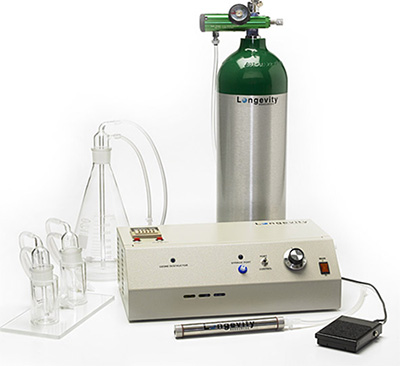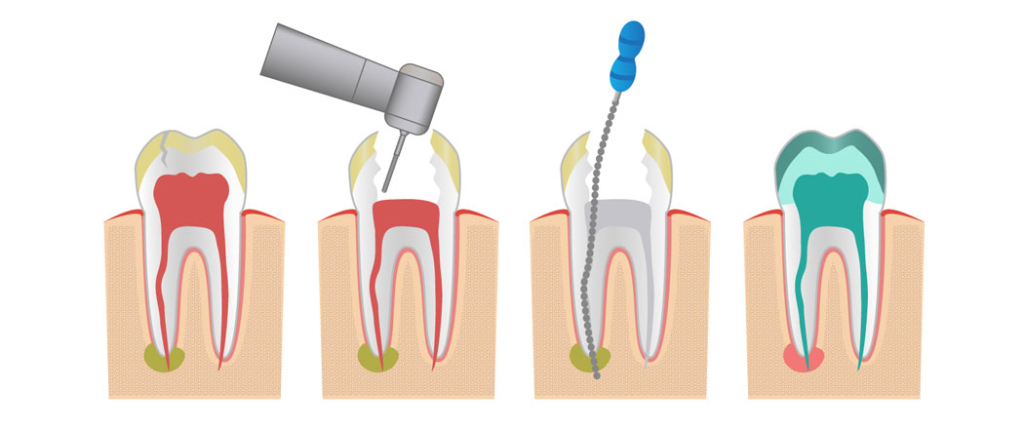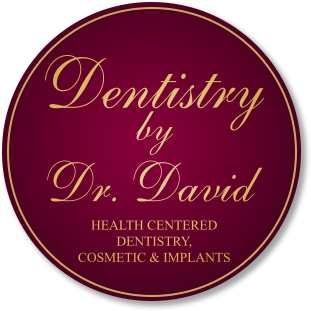
Ozone is oxygen with an additional oxygen atom attached to it. It is commonly used to disinfect surfaces but is slowly finding a place in the medical and dental setting. Ozone has a bacteriostatic quality that makes for a beneficial treatment for people suffering from open wounds or active infection. Another good quality of ozone is that is has very little negative side effects. Ozone is far less harmful than oral rinses with high concentrations of chemicals or prolonged use of antibiotics and is favored by those seeking holistic care.
In a gaseous form, ozone can be delivered to a patient being treated with an active gum infection. Sometimes it is not enough to have a full detail dental cleaning with frequent maintenance visits. If a patient is still showing signs of active gum infection after initial treatment, a good plan B is to have ozone administered to eradicate the oral bacteria that are left over and contributing to the active infection. Ozone can also be concentrated into an oil that a patient can use at home. The oil can be applied like a toothpaste to treat the gums. It can also be applied to small cuts and rashes. By utilizing the oil, a patient can benefit from the ozone on a nightly basis and improve the progression of healing.
Ozone can be used in various treatments performed at the dental office. For example, ozone can be administered into the socket of a newly extracted tooth to prevent bacteria from colonizing in it and creating a painful infection. Ozone can also be administered in the same manner during a root canal treatment. After the nerve of the tooth has been removed, ozone can be administered inside the empty canals prior to filling it with gutta percha. A tooth that has been treated with ozone is far less likely to acquire an infection in the years following a root canal procedure.

